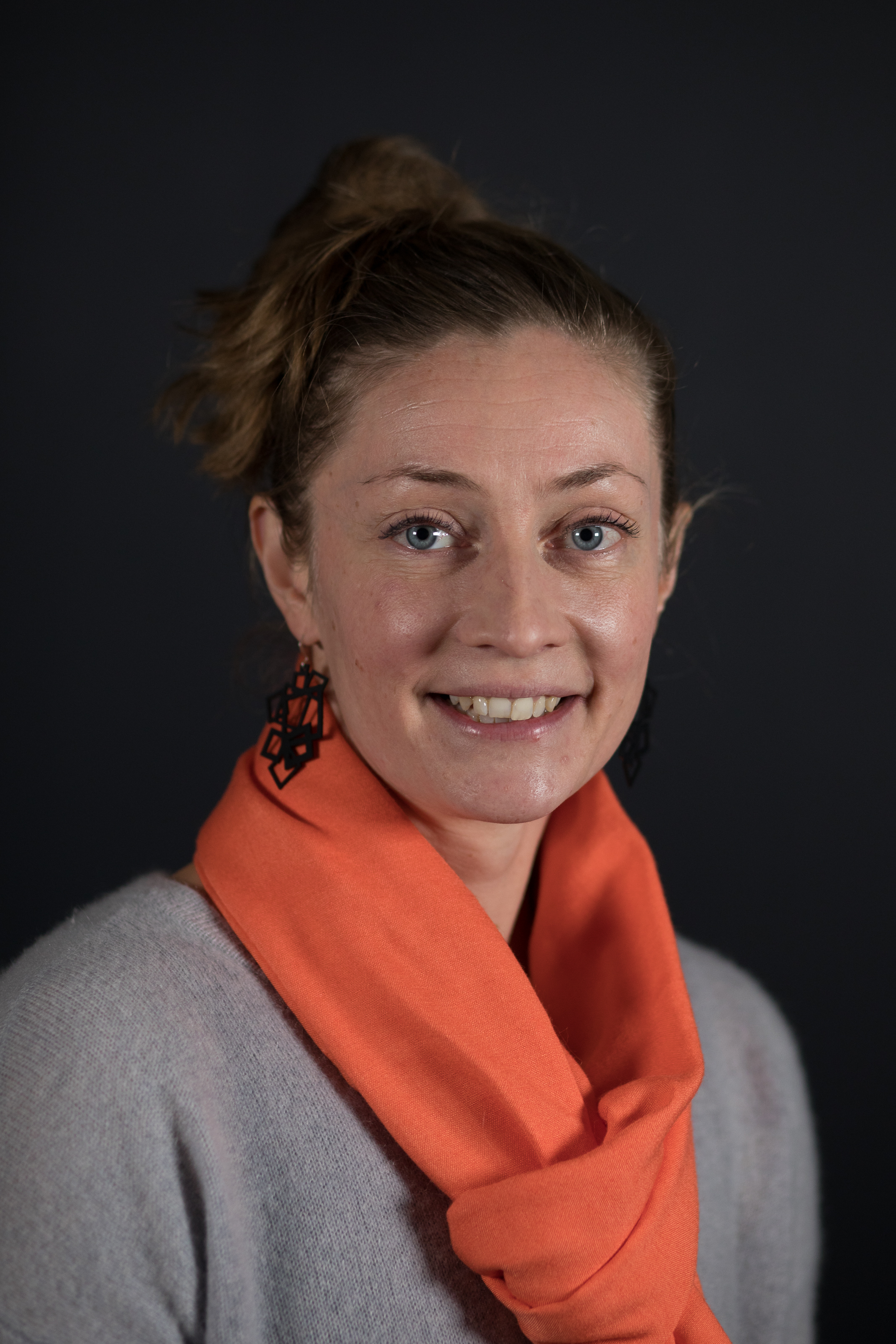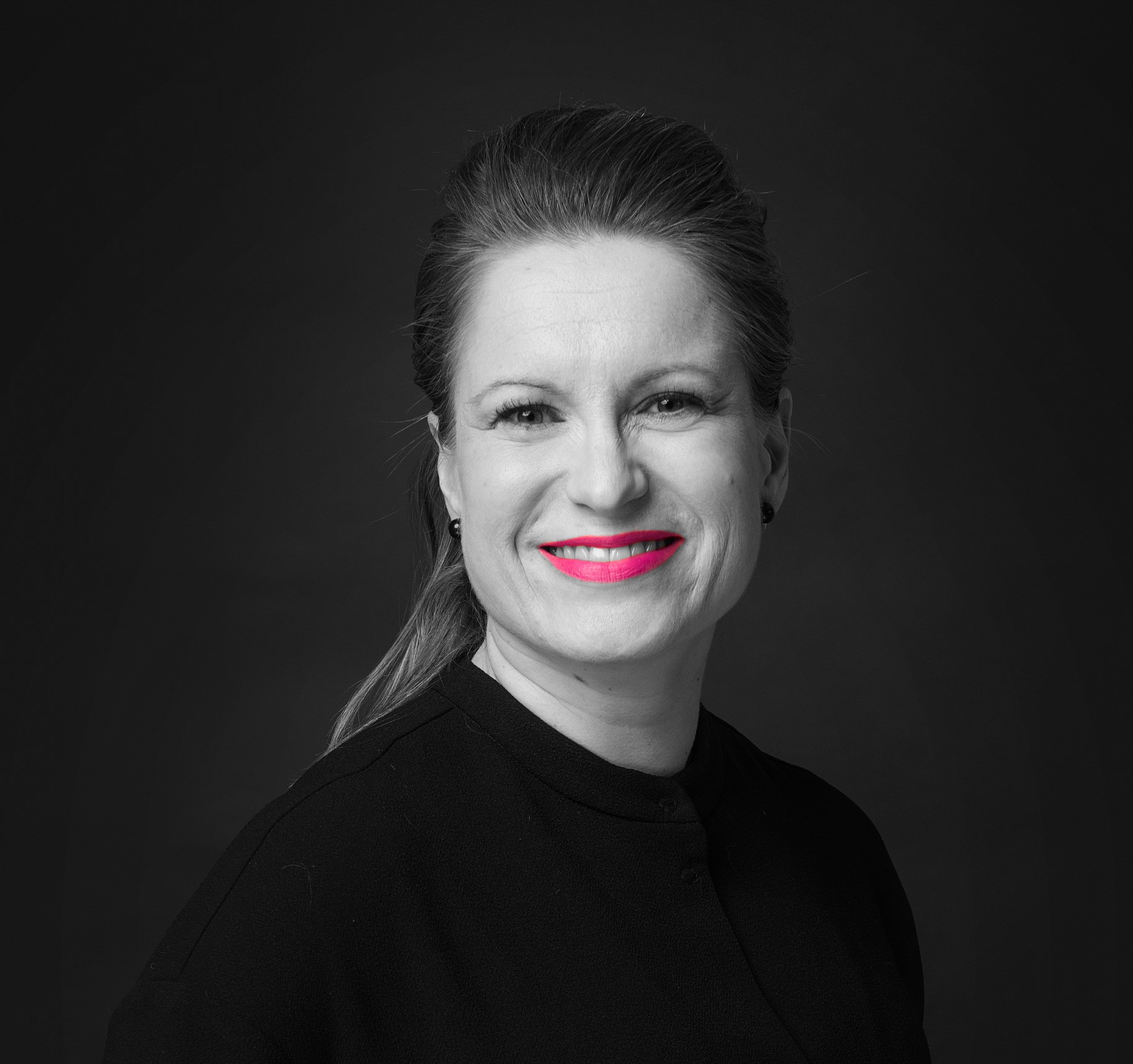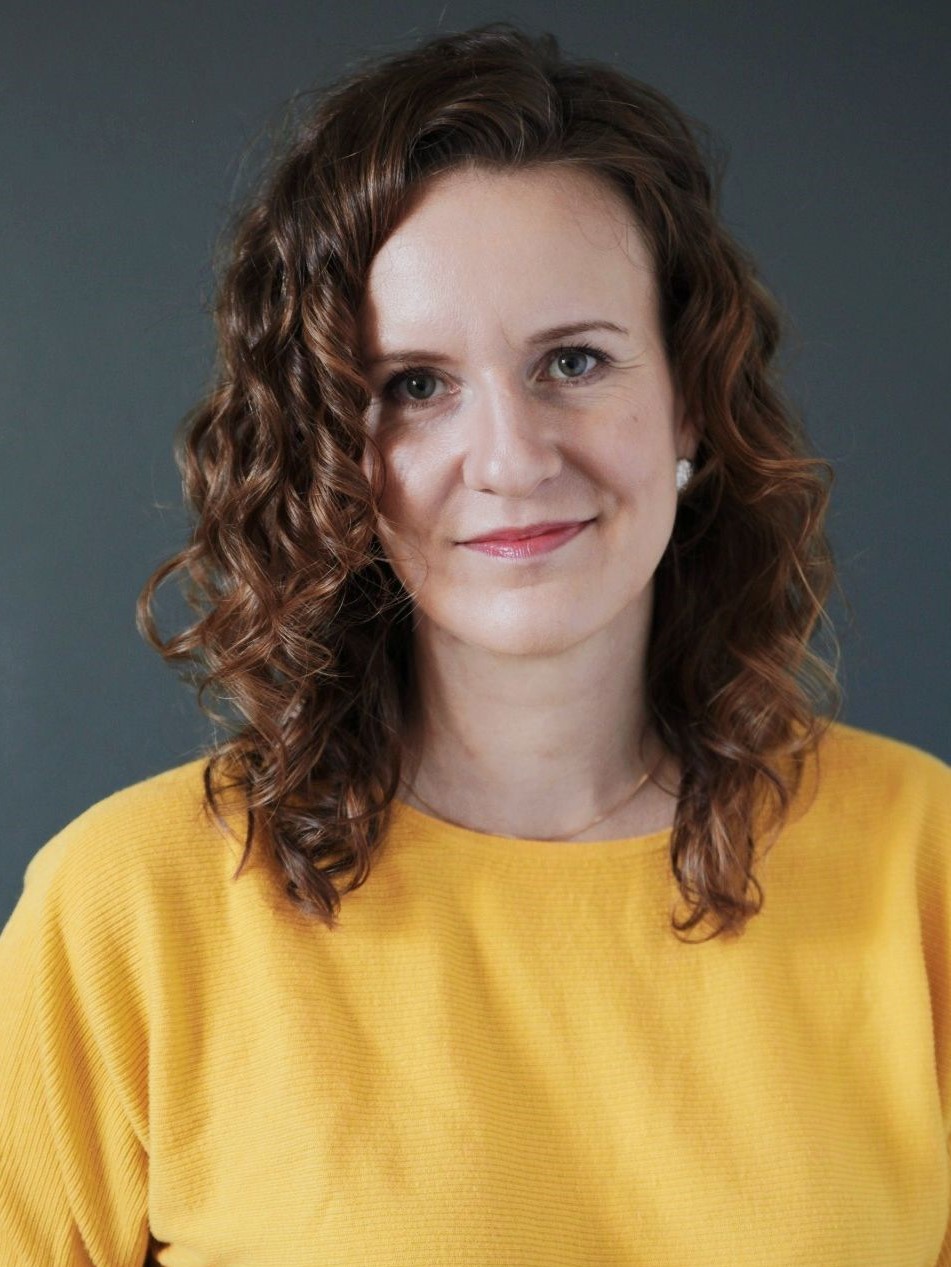CS-E5002 - Special Course in Software and Service Engineering D: UX management and professionals, 17.03.2021-27.05.2021
This course space end date is set to 27.05.2021 Search Courses: CS-E5002
Topic outline
-
Welcome to the course UX management and professionals!
The course can be taken either as
- CS-E5002 Special Course in Software and Service Engineering D: UX management and professionals 1cr / 3cr / 5cr OR
- CS-E5000 Seminar in Software and Service Engineering D: UX management and professionals 5cr
Weekly sessions: Online lectures and meetings via Zoom take place on Wednesdays and Thursdays at 15:15-17:15 starting 17.3. Details on Course sessions page.
Course staff:
You can reach us with your questions by emailing CS-E5002@aalto.fi.

Johanna Kaipio: My area of research is usability, user experience and user-centred design. I’ve been particularly interested in researching these in the context of healthcare and social care. I started my studies at Helsinki University of Technology (TKK) in 1999 and received my doctoral degree from Aalto in 2011. Currently, I’m working as a professor of practice at the department of Computer Science at Aalto. I have over 15 years' experience on teaching at the university and working in multidisciplinary research projects in health informatics field. Beside my academic career I have been working in other organizations, e.g. at Apotti. My LinkedIn profile: https://www.linkedin.com/in/johannakaipio/. Along this course, I’m enthusiastic about learning more about UX management.

Paula Valkonen: I´m a Doctoral Candidate at the Department of Computer Science at Aalto. I´m especially interested in the user needs of older adults in healthcare in my doctoral thesis. I graduated from the University of Arts and Design Helsinki (UIAH) in 2005, where I studied industrial design including Usability School. I have over 15 years' experience in usability, user experience, user research, service design, design management, and business design in IT- and design companies (e.g., Innofactor, Digia, KONE, Idean). I´ve done also some mentoring via Suomen Mentorit. My LinkedIN profile: https://www.linkedin.com/in/paulavalkonen/ Along this course, I plan to progress with my portfolio.
Nina Karisalmi: I am a Doctoral Candidate at Aalto University. The topic of my research is patient experience of children and its relation to eHealth services. Already in my Master’s Thesis I investigated the needs, expectations and experiences of child patients and their families. This has a link to my former career as a pediatric nurse. At Aalto I have studied user-centred design, UX/UI design and service design while attending Usability School. Along this course I’m interested in hearing about different career paths within the UX/service design field.

Mari Tyllinen: I work as UX manager in Apotti leading a small team of UX professionals. I'm also working at Aalto part time in Johanna's research group and in the later stages of my doctoral studies. My doctoral thesis is on evaluating usability during public procurement of an electronic health record system.
I studied computer science at Helsinki University of Technology. My research over the years since finishing my master's thesis in 2009 has focused on user-centred design, interactive collaborative environments, and usability of health and social care IT systems. Along this course, I plan to update my professional CV which I haven´t touched upon in about 10 years!
- CS-E5002 Special Course in Software and Service Engineering D: UX management and professionals 1cr / 3cr / 5cr OR
